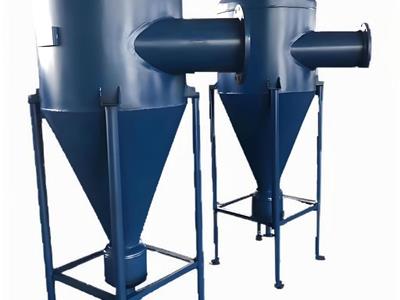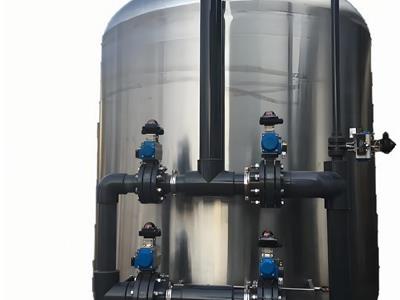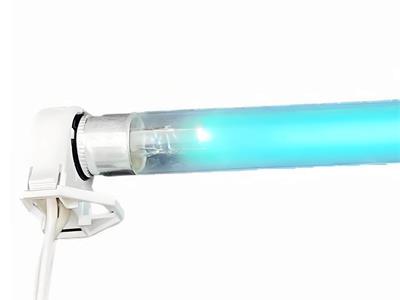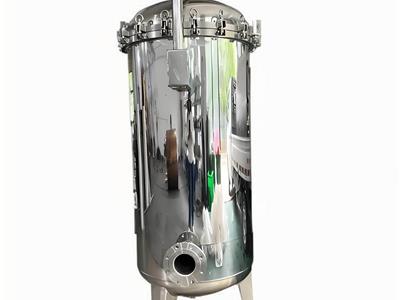- 2025-07-09
Activated carbon
Activated carbon adsorption material
Preparation and structural characteristics
Activated carbon is made from wood/coal raw materials through high temperature pyrolysis (600-900℃) and steam activation (800-1000℃). Its core features are as follows:
Pore structure
Specific surface area: 900-1500m²/g (BET method)
Pore Size Distribution:
Micropores (<2nm): >70% (main adsorption site)
Mesopores (2-50nm): contaminant transport channels
Physical form
Type Particle size range Iodine value (mg/g) Applicable scenarios
Powdered carbon 5-100μm ≥1000 Emergency water treatment
Granular carbon 0.5-4mm ≥950 Fixed bed filter
Pillared carbon Φ3-4mm ≥850 Industrial waste gas treatment
Water treatment core functions
■ Pollutant removal efficiency
Organic matter: benzene adsorption capacity ≥ 120mg/g (in accordance with GB/T 12496-2015)
Residual chlorine: catalytic reduction to <0.05mg/L (up to GB 5749-2022)
Odor substances: geosmin removal rate>99.5%
■ Technical advantages
Adsorption rate constant: 10⁻³-10⁻² s⁻¹ (5 times faster than diatomaceous earth)
Acid and alkali tolerance: pH 2-11 working condition performance attenuation <10%
Adaptive filtration system
Equipment model Processing capacity (m³/h) Carbon layer height (mm) Target pollutants
MF-1100 15-20 1200 Industrial VOCs
MF-1000 10-15 1000 Drinking water odor
MF-600 5-8 800 Municipal residual chlorine
MF-400 Series 0.5-2 500 Household Whole House Water Purifier
Industrial Selection Guide
Powdered carbon application scenarios
Sudden pollution incidents (dosage 20-100mg/L)
Coagulation enhancement (coagulant aid synergy)
Granular Carbon System Design
Empty bed contact time ≥ 7 minutes
Filtration rate 8-12m/h (anti-ditch flow)
Regeneration Economy
Thermal regeneration recovery rate > 85% (loss rate < 5%/time)
Single regeneration cost ≤ 40% of new carbon purchase price






